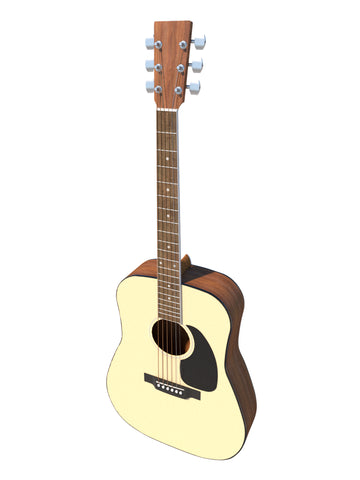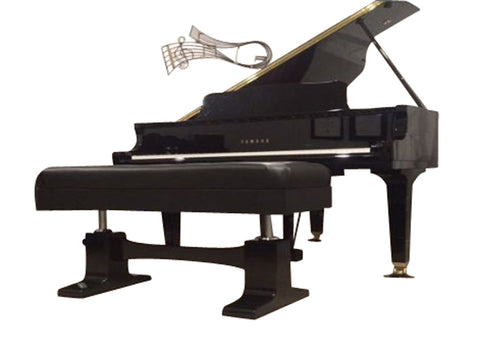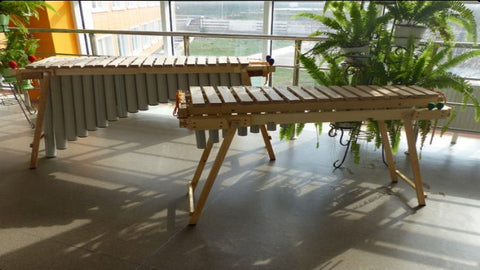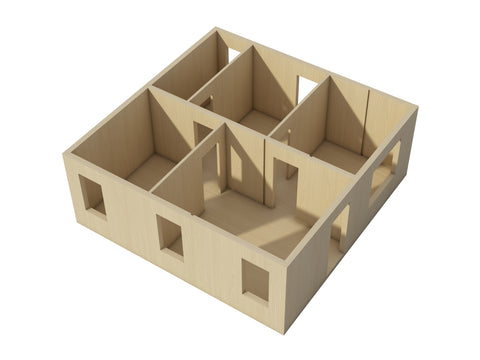Puppet Theater Plans DIY Woodworking Projects Free Standing Stage Kids Adults Play
portable puppet theater plans, puppet theater woodworking plans
These DIY plans will show you how to build your own puppet theater.
What is a Puppet Theater for Puppetry?
When I hear the phrase "puppet theater," I automatically think of Asian cultures, where puppet theatres typically draw their repertory from religious and legendary sources. Among Asian puppet theatres, the Hindu epics are the most popular source of plots. These stories are adapted to create puppet theatres throughout southern India and Indonesia. The following is a basic outline of the history of puppetry.
History
History of puppet theater dates back to Woodworking Projects in ancient times. In pre-modern times, puppets were used as government analysts. They represented the underclass, oppressed, and disenfranchised. These puppets represented the people's voice and helped them overcome obstacles. The puppets still have a strong connection to their audiences today. Historically, puppets have portrayed different subjects, from religion to current events, to the role of government analysts.
Puppets first appeared in India around 1000 B.C. and were likely made of sticks. The puppets used were loud and a variety of materials. Puppet shows quickly spread across various cultures. By the beginning of the 20th century, puppet shows were presented by professional theaters for both children and adults. These puppet shows reflected the values and traditions of their respective cultures. Today, puppet shows can be seen in cities around the world, with more than 5,000 productions worldwide.
Styles
The history of puppet theater dates back thousands of years. The ancient Greeks were said to have performed with puppets. Ancient Chinese, Arabic, and Javanese texts all mention puppets and puppet theater. Puppets are seen as both magical and taboo in some cultures, but they can also be a beautiful way to communicate ancient truths. In Europe, puppets are still common. However, the history of puppet theater is complex.
The modernist period saw puppets playing an important role in theater. They challenged the traditional ideas of dramatic realism and acting, and they crept into the imagination of many playwrights. Some notable examples include works by Antonin Artaud, Michel de Ghelderode, and Federico Garcia Lorca. Today, puppets are widely used in both classical and contemporary theater. The history of puppet theater is as diverse as the artists who perform it.
Purposes
Many children enjoy performing with marionettes, hand puppets, and finger puppets. Using a puppet theater is a great way to create a fun, safe, and creative space where children can interact and learn about the world around them. Puppets can be used to encourage social and emotional growth, as well as help teach children how to interact with others. They can also help foster a child's imagination and encourage the development of language skills.
The process of creating a puppet requires mistakes. The first puppet is special because it is the first. As students make mistakes, they learn that ideas do not always translate into puppets. A puppet of Abraham Lincoln may become a Rastafarian cyclops. A puppet of Taylor Swift may become a married older chicken. As students create their puppets, they are encouraged to accept and use mistakes as learning opportunities.
Characters
In the 20th century, many people viewed the puppet theater as the most beautiful theatrical spectacle. Many professional puppet theaters were founded for both children and adults. Throughout this period, many writers and actors regarded puppetry as the superior form of theatrical performance. However, it is important to note that the puppet theater is not the only form of puppetry. There are other forms of puppetry, including dance, music, and satire.
One of the unique characteristics of the puppet theater is its human elements. The puppet manipulator, usually invisible, is known by the audience, and this knowledge adds to the dramatic whole. Some puppet theaters even allow the audience to study the manipulator. This makes the show even more interesting. While a puppet theater is often an immersive experience, it is not a realistic or life-like environment. However, many people enjoy the process of creating and performing a puppet show, and many people will go to see a puppet theater for the first time.
Methods
Puppet theatre is an effective tool for education. Using puppets to explain complex topics is a powerful way to raise awareness about everyday life and the dangers of natural disasters. Whether a child is dealing with an imaginary crime or suffering the trauma of war, puppets can speak for them and help them express their emotions through physical language. Puppets are an excellent tool for bringing difficult topics to life and helping children understand the importance of a healthy lifestyle.
In addition to educational purposes, puppet theatre can be used in therapy and rehabilitation. By creating a distance from reality, puppets can be used to express feelings, emotions, and frustrations. These performances can also help individuals settle their scores with society. The puppets are often the focus of group therapy workshops, and they are used to create a sense of healing. To understand these uses for puppet theater, you must first understand what puppetry is.
Audience
The idea of an audience for puppet theater may seem a little strange at first. What is an audience for puppet theater, and why should I care? After all, an audience is not just another set of spectators. It is a collective entity, composed of artists and creators. Moreover, an audience for puppet theater has many different purposes. First and foremost, it can serve as a venue for the creation of theatrical productions.
Generally speaking, an audience for puppet theater is an audience that comes to a show. There are two kinds of audiences. One is a family, while the other is a group of friends who attend a puppet show together. In both cases, the audience and puppeteer have signed a contract, which may differ from one community to another. In the latter case, there are some differences between the two types of audiences.
All plans are designed or reviewed by Ben Stone. Ben is a retired Engineer in Canada. Ben also drafts these himself using the latest AutoCAD software to ensure accuracy. He studied Engineering back in the early 1980's. After over 30 years in the Construction industry he developed a passion for building cool items around his farm and cabin. These are great DIY projects. With a little skill anybody can Do It Yourself. Ben is always a email away if you have any questions while building one of his projects. He is adding new plans all the time.








